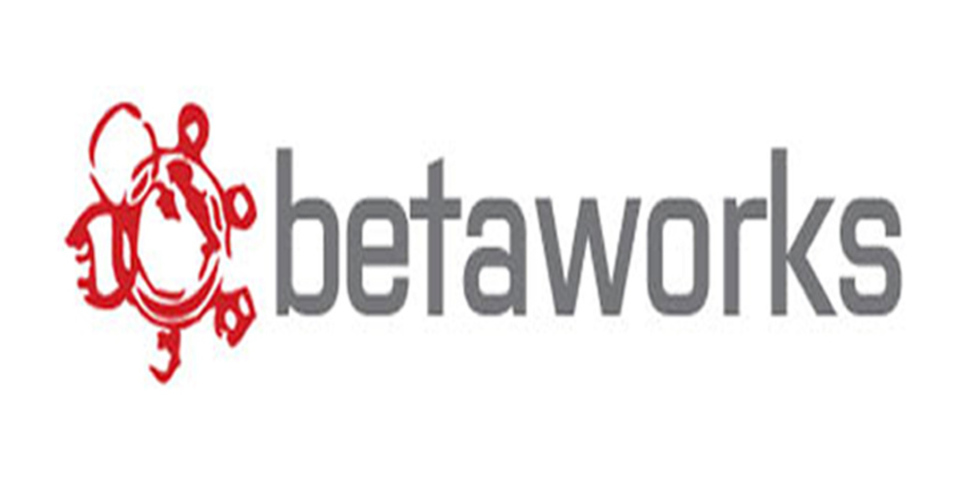
BY ANDY WEISSMAN |
The Faster We Go, The Rounder We Get
Social media changes everything – at least it should. So how can it change the way catalog content is distributed and experienced?

The faster real time social merges with television, the more valuable live television becomes... beyond sports. – Jason Hirschhorn
If we are all gonna die anyway shouldn't we be enjoying ourselves now? You know, I'd like to quit thinking of the present, like right now, as some minor insignificant preamble to something else. Dazed and Confused
It feels like one of the themes emerging in 2011 is that “social media will kill the DVR.” To wit, social media conversations in real time are the new water cooler, except that they are happening while that content is being viewed – not the day after. Says this New York Times article: “Twitter and Facebook messages about shows may well be the most efficient way to drive tune-in.” Taken to its extreme, this conversation about content will incent users to watch that content live, in real time, so they can participate in that conversation. Live television – the Oscars, the Grammys, American Idol, the Superbowl – becomes even more interesting once that real time social layers merge with the broadcast.
I subscribe to this idea, fundamentally. It is consistent with what we at betaworks believe is the most important part of real time social media. It essentially (and disruptively) alters the distribution of content. Instead of tightly coupled and controlled distribution and marketing, social media redefines how content – any content, broadly defined – is discovered, promoted and ultimately consumed. While a historical shift, this newer process does not posit that content is any less valuable. Indeed the opposite is proving to be true. But the way that content gets distributed is being disrupted, redefined and reimagined.
While attention lately has been focused on live events, where social media intersects with “catalog” content can be much more interesting - all those films we grew up with, the ones we saw last year, 10 years ago, 20 years ago. Currently, the experience around catalog content is static (I want to watch Dazed and Confused again, so I rent it, stream it, buy the DVD). Similarly, the price is static, or at least difficult to determine optimally. On-demand viewing is primarily a technical challenge, one that has little to do with real time social. So, while video on demand and streaming web content is exciting for users - this one-to-one experience that exists today is contrary to how social media is intersecting with live events. Yet this catalog of films has provided enormous richness to all of our entertainment experiences.
Social media changes everything – at least it should. So how can it change the way catalog content is distributed and experienced?
We can learn a lot from Groupon, the daily deals leader. Groupon takes a commodity product (flowers, yoga classes, chocolate) and turns that commodity into a live event by giving the user a bargain, an incentive to socialize the offer and a limited time within with that offer is available.
Groupon utilizes the very definition of real time social media.
This model – intersecting social media with a commodity – is a massive and thus far untapped opportunity with respect to content. While Jason Hirschhorn rightfully feels that live events become more valuable as they intersect with social real time media, I think the same – and more – is also true for movies, and for that catalog of content to be reinvigorated and redefined.
